Ferns in Trees
rainydaywoman_z8
12 years ago
Related Stories
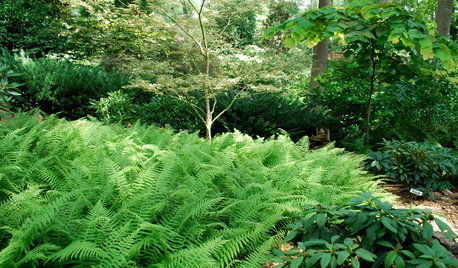
PLANTING IDEASFerns: A Shade Gardener’s Best Friend
Bring rich texture and contrast to a dark woodland landscape with wonderfully diverse ferns
Full Story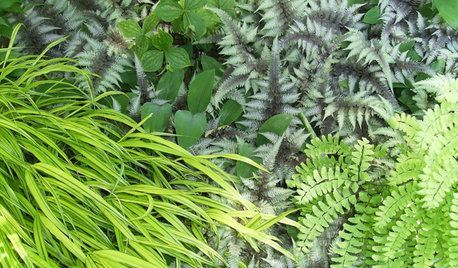
GARDENING GUIDES6 Fantastic Ferns to Enliven Shady Garden Spots
For long-term interest with little upkeep in challenging conditions, ferns might just be your garden's new best friend
Full Story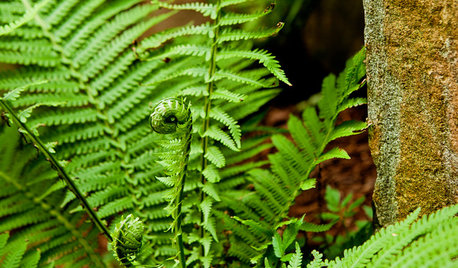
GARDENING GUIDESGreat Design Plant: Ostrich Fern (Matteuccia struthiopteris)
Try this giant among ferns for a showstopping sight in a shady or even somewhat sunny woodland garden
Full Story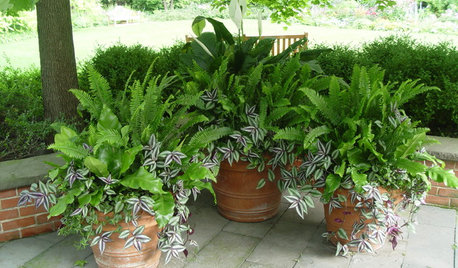
GARDENING GUIDES7 Fabulous Shade-Loving Ferns for Containers
Shade-loving ferns can add color and texture to your container designs
Full Story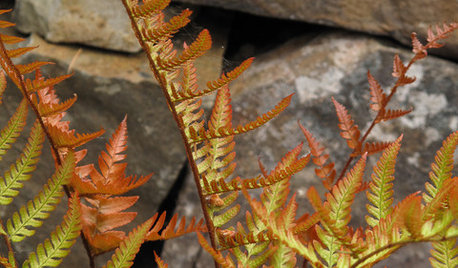
GARDENING GUIDESGreat Design Plant: Autumn Fern Adds Color All Year
Use this evergreen, easy-care fern for soft texture and coppery tints in container gardens and the landscape at large
Full Story
HOUSEPLANTSGet a Tropical Splash With a Bird's Nest Fern
Sword-shaped leaves make this fern a stunning accent — and you can even mount it on wood for a wall hanging
Full Story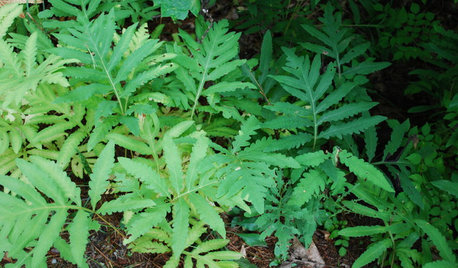
GARDENING GUIDESGreat Design Plant: Sensitive Fern Shows Its Strengths
Wondering what will thrive in your wet, shady garden? It’s Onoclea sensibilis to the rescue
Full Story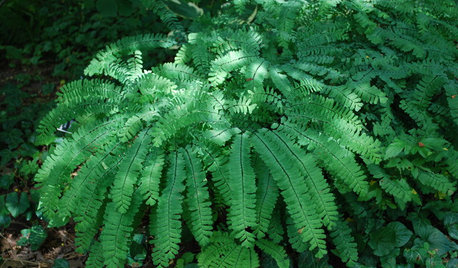
GARDENING GUIDESGreat Design Plant: Northern Maidenhair Fern Softens Shade Gardens
Stir up some romance in dark corners with the billowy fronds of native Adiantum pedatum
Full Story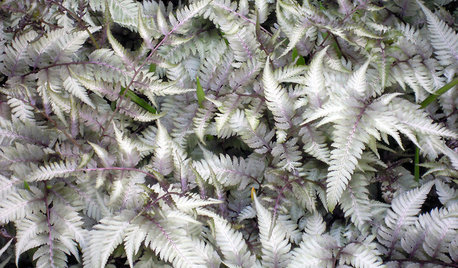
GARDENING GUIDESGreat Design Plant: Japanese Painted Fern Weaves a Garden Tapestry
Bring striking colors and texture to your woodland garden with Athyrium niponicum var. pictum
Full Story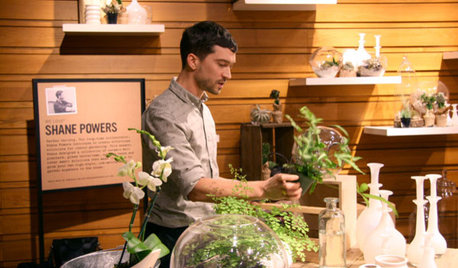
URBAN GARDENSOne Fern Day
Think terrariums are tiresome? Unusual containers and unexpected greens yield surprising offshoots
Full StoryMore Discussions








larry_gene
oliveoyl3
Related Professionals
New Mexico Landscape Architects & Landscape Designers · Walnut Landscape Architects & Landscape Designers · Apollo Beach Landscape Contractors · El Segundo Landscape Contractors · Elkridge Landscape Contractors · Round Lake Landscape Contractors · Huntington Beach Fence Contractors · Leesburg Fence Contractors · Marana Fence Contractors · North Miami Beach Fence Contractors · Oro Valley Fence Contractors · Park Ridge Fence Contractors · Peoria Fence Contractors · River Edge Fence Contractors · Winter Park Fence Contractorsgardengal48 (PNW Z8/9)
botann
Embothrium
oregonboy
buyorsell888
OregonGrape
greenmann